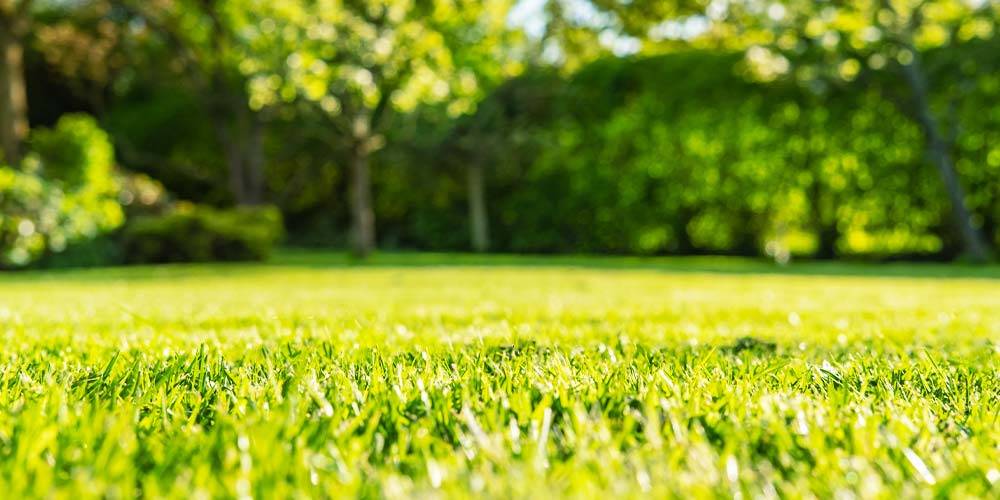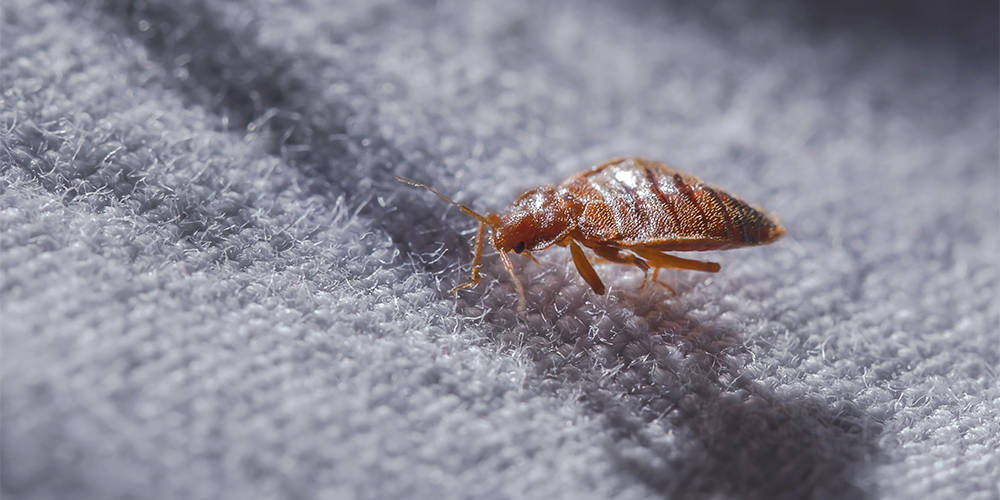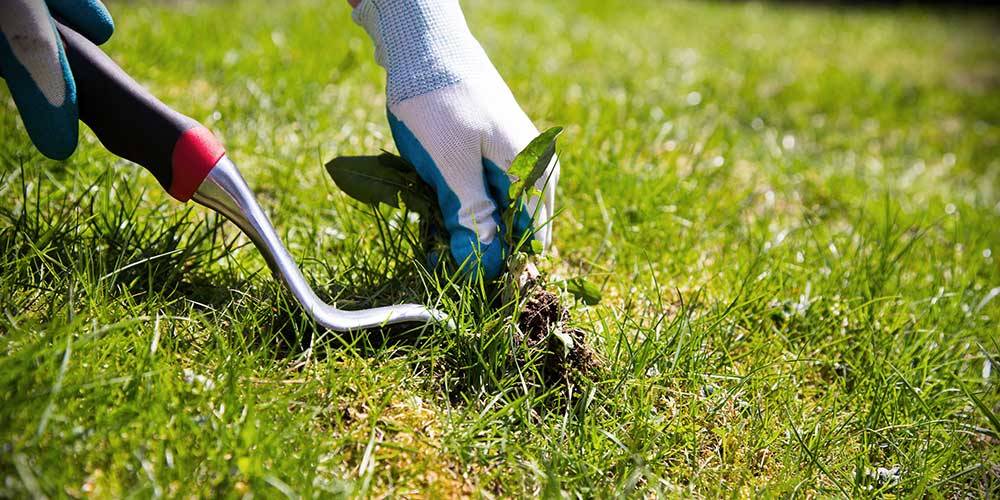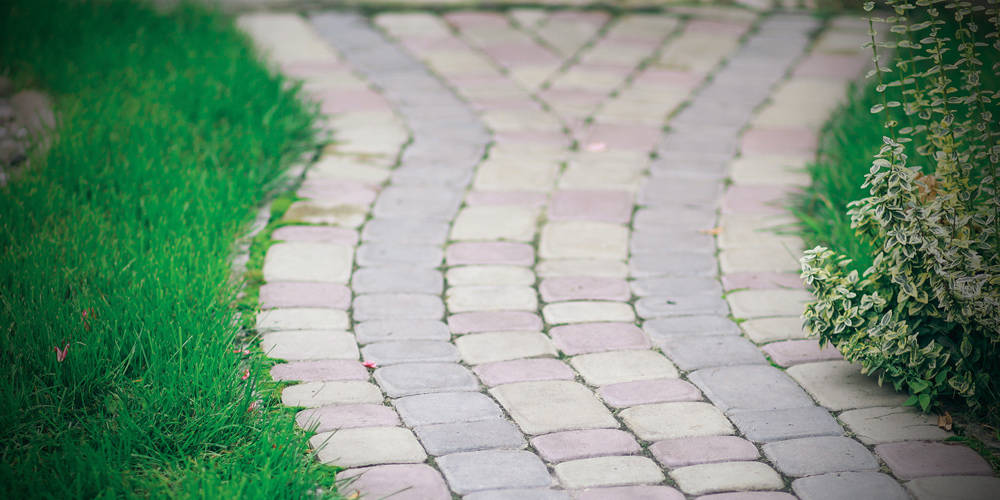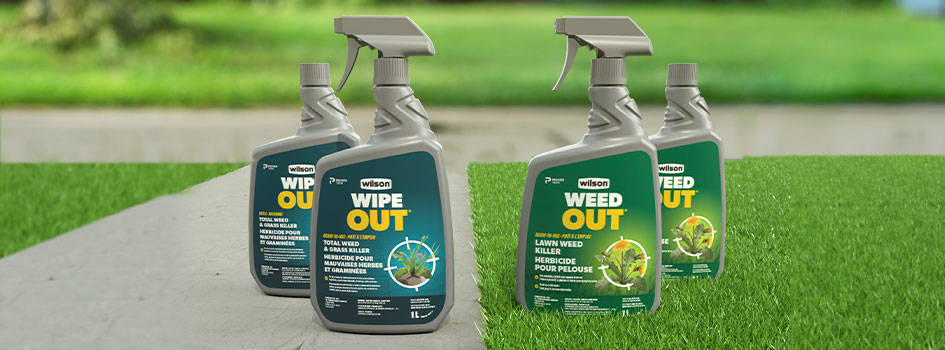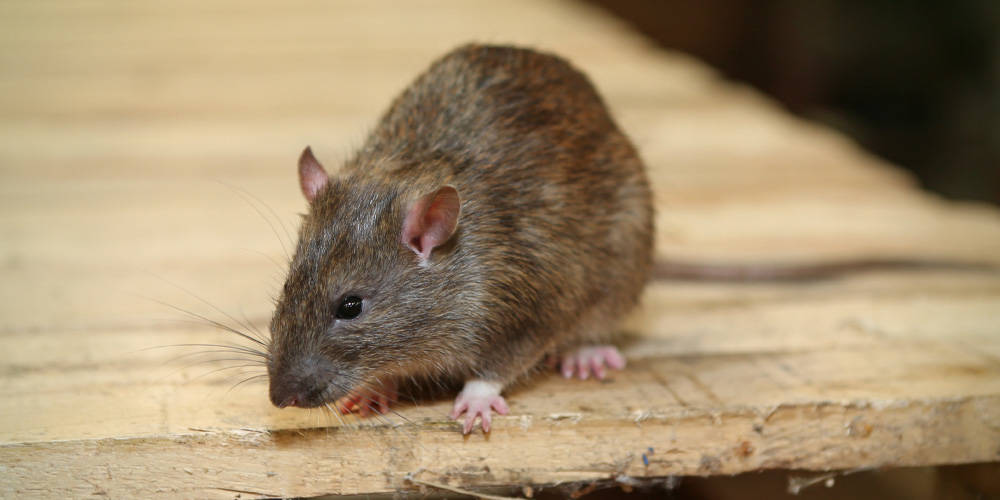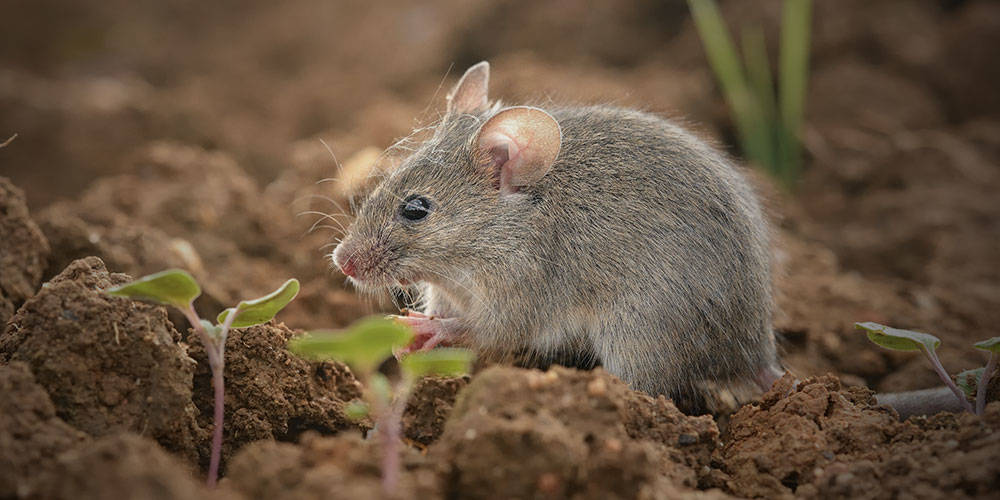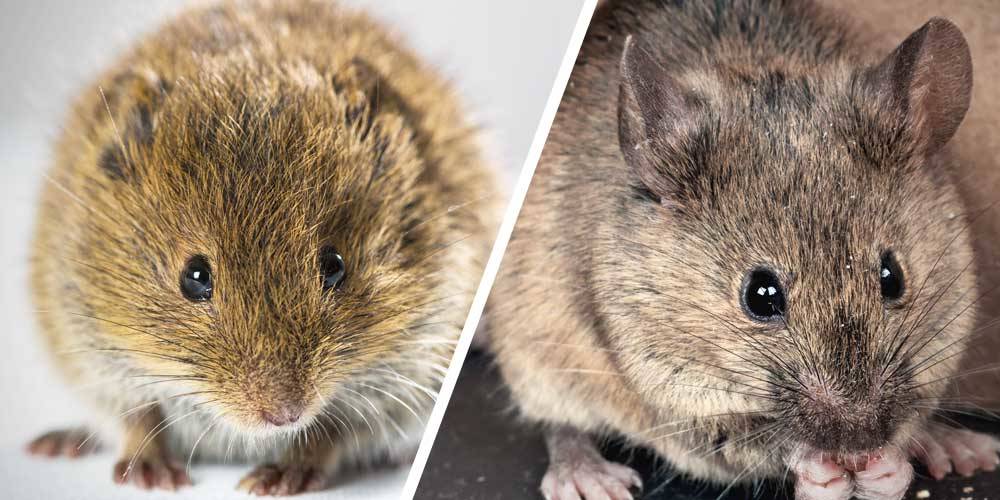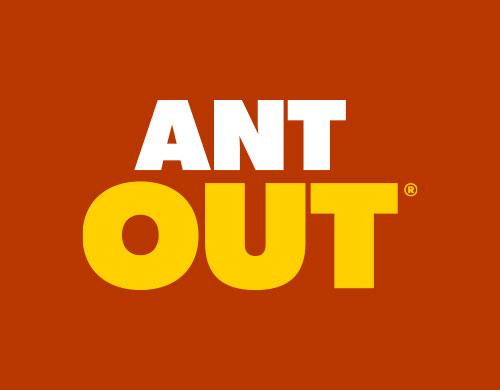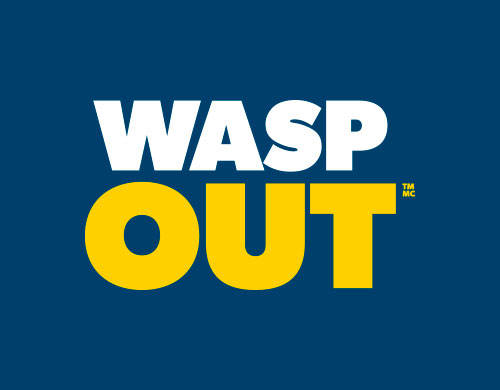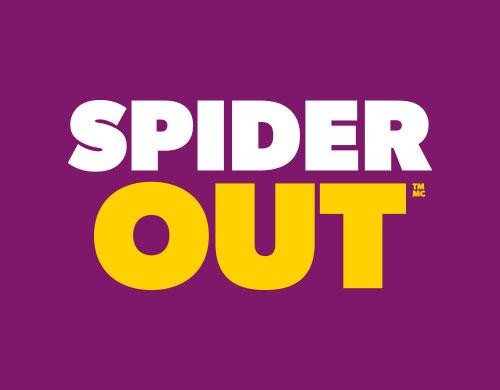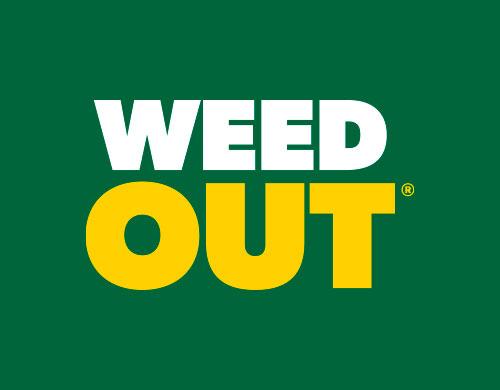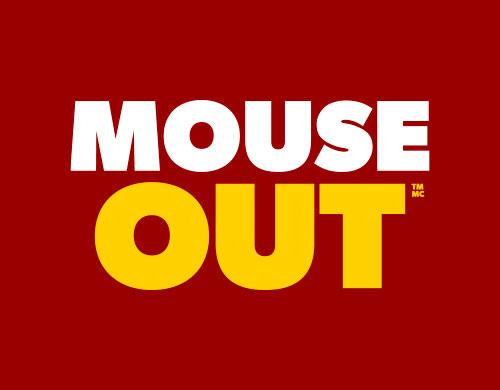How to keep wasps out of your garden?
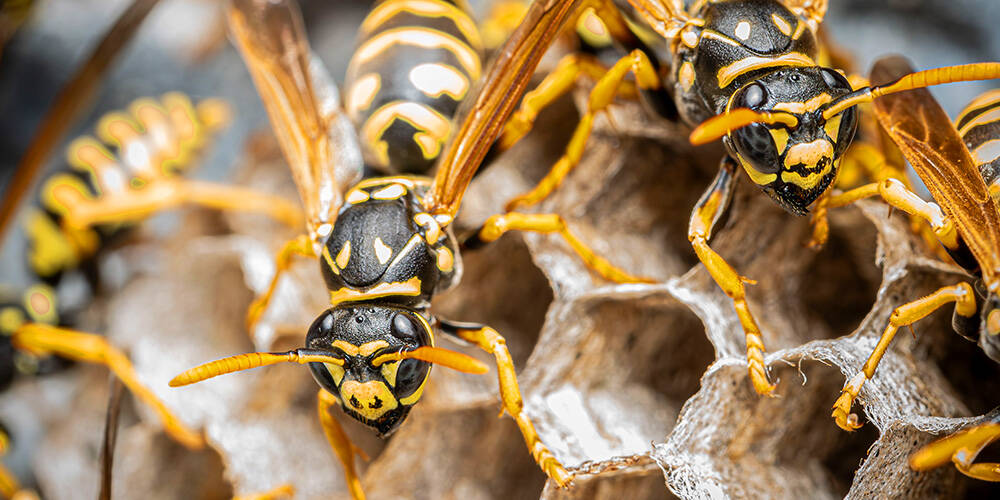
Table of contents
- How long is the lifecycle of a wasp?
- What is the best way to prevent wasps?
- Why are there so many wasps at the end of summer?
- What really attracts wasps?
- What do wasps hate most?
- How to keep wasps away from hummingbird feeders
- Removing wasp nests
Wasps and hornets are attracted to sweet smells from flowers, fallen fruit, sugary drinks and protein sources found in pet food and discarded food in your garbage and compost. All good food sources for them.
How long is the lifecycle of a wasp?
Every fall, the entire colony of wasps and hornets die, except for some fertilized females. Once the weather warms up in the early spring to 10˚C, the females emerge from their solo overwintering shelter and go in search of a suitable nesting site.
Once a site is found, each solo queen begins to build a small nest by herself, laying some of her previously fertilized eggs in the cells of her small nest.
Going from egg to larva to pupa to adult takes about 4-6 weeks. That’s when the first adult workers emerge from the nest. The queen is now staying in the nest full time, and her role is solely to lay eggs. These new workers are sterile females, and their job is to enlarge the nest and look after the subsequent and expanding broods of eggs and larvae.
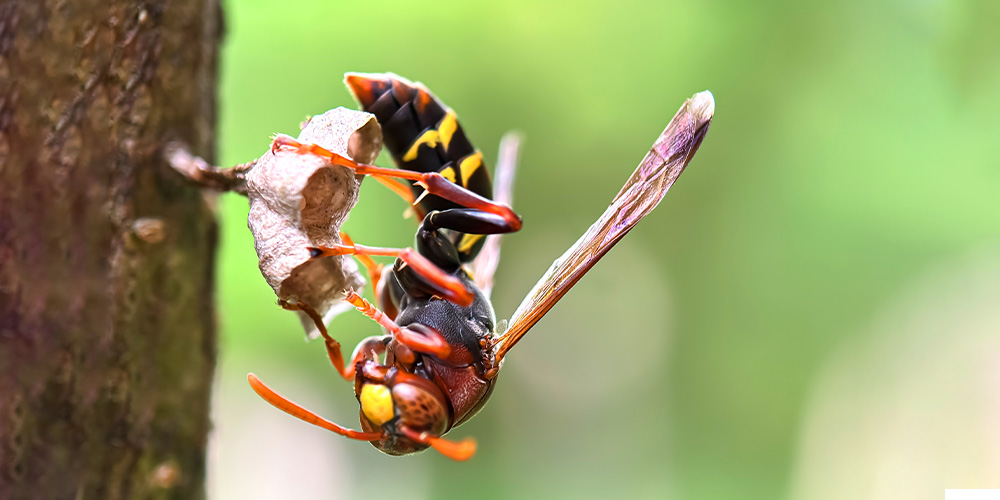
What is the best way to prevent wasps?
Trap the emerging queen
In the early part of the season, inspect areas around your house where the queen might have started making a nest. If you see a new one being built, wait until evening and spray with Wilson WASP OUT Wasp & Hornet Killer.
Trap the queen early in the spring and eliminate future populations of nuisance pests. Place the traps where you normally might see signs of wasp activity, such as under the eaves of a house, garage or shed.
How do I keep wasps from building nests around my house?
Queen wasps favour very dry, sheltered locations to establish their nests. They never return to former nesting sites but prefer to build new ones.
Get them eradicated early before the nest and colony grow. Some common nesting sites include:
- Eaves and roof overhangs
- Attics
- Garden sheds
- Garages
- Wall cavities
- Hollow trees
- Near compost piles
- Stacked firewood
- Under decks
- Garden furniture, birdhouses
- Abandoned rodent burrows
For more information, read : 5 places where wasps build their nest
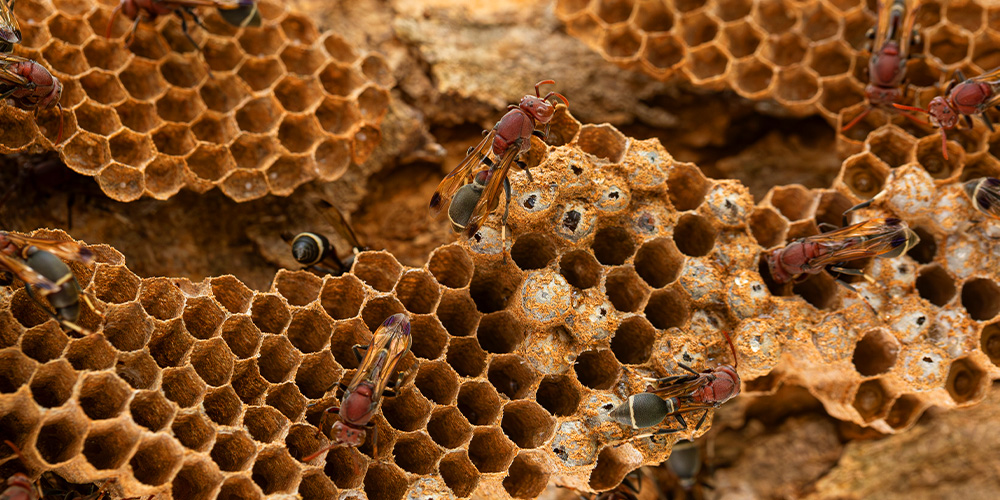
Seal up tiny cracks around the edges of soffits or siding and along where utility lines and pipes enter the house. Keeping your yard free of food sources will also help.
Unlike other wasps, yellowjackets will usually nest underground, and in the spring, the queen will look for abandoned mice and chipmunk burrows. Fill any of these cavities.
To prevent wasps from building nests under eaves, use a combination of deterrents and preventative measures.
What is the best deterrent for wasp nests?
A useful preventative solution would be the spraying of Wilson CRAWL OUT Home Pest Control with Battery Sprayer, because it has some residual effects. You should spray in areas where wasps are more likely to build a nest.
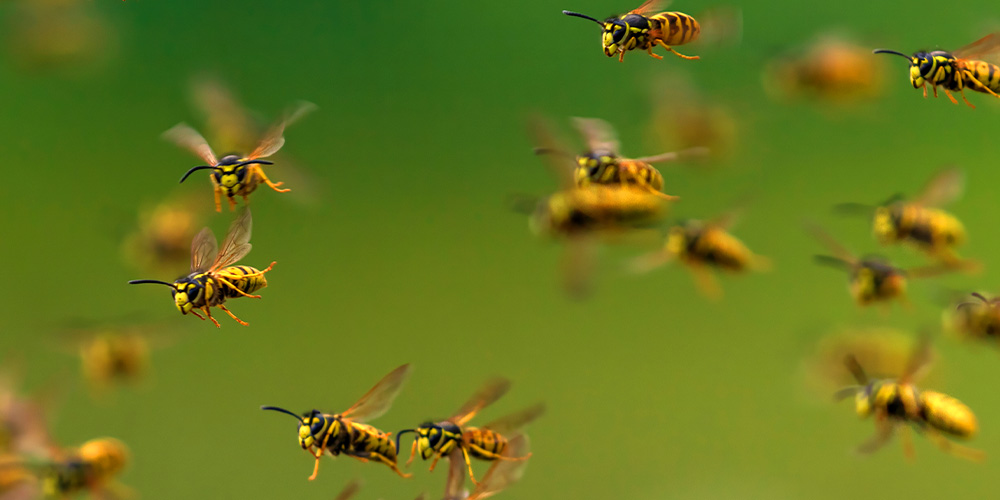
What smells do wasps hate?
You can also try spraying essential oils like peppermint, clove, geranium, cinnamon and lemongrass as they have a temporary deterrent effect.
Do fake wasp nests keep wasps away?
To help discourage paper wasps from nesting, many homeowners claim that hanging up fake paper wasp nests or dryer sheets will deter them.
Why are there so many wasps at the end of summer?
By late July and August, the colony is full, the worker wasps no longer need to feed larvae or tend to the nest. They now have free time, and this is when you’ll see a sudden burst of new wasp activity around your home.
What really attracts wasps?
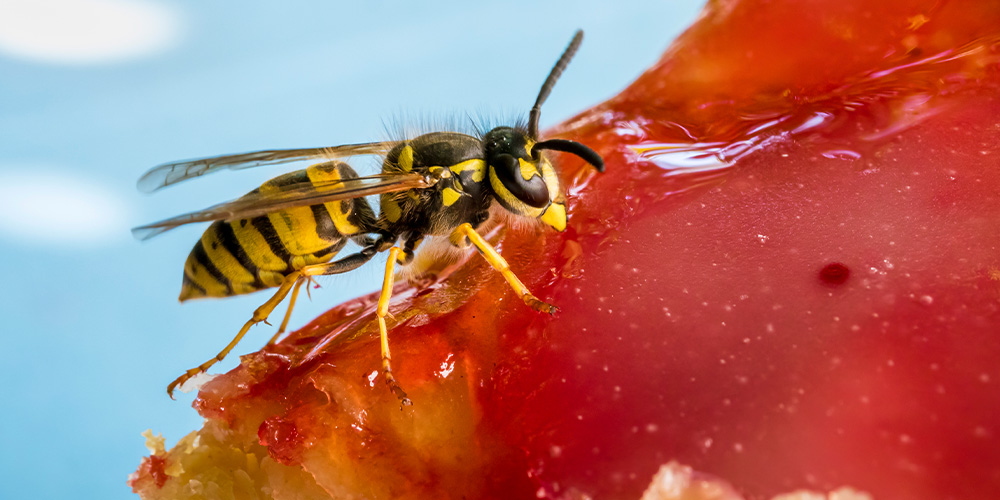
To deter wasps and hornets, first identify what food sources are attracting them to your property. Eliminate these attractants by keeping lids tightly sealed on your garbage cans, cleaning up spilled sugary drinks, emptying any leftover pet food bowls, and keeping food preparation areas clean.
During this busy wasp time, it is suggested that drinks be in glasses and kept covered. Wasps have been known to enter cans and bottles and get trapped inside. You can imagine the surprise when someone tries to take a drink.
Wasps also need a water source, so eliminate any standing water. Do these tasks and you will significantly reduce the likelihood of them visiting your home.
What do wasps hate most?
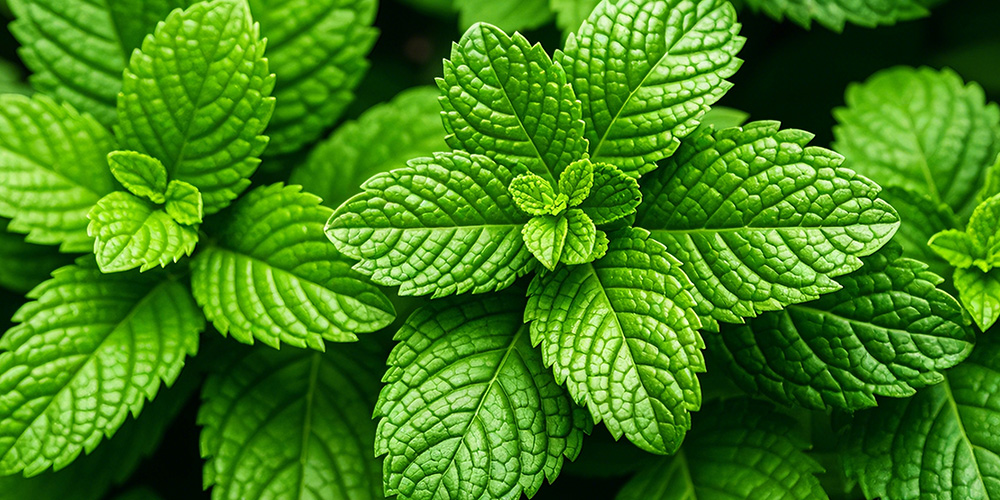
There are specific plants that carry a scent that is repellent to wasps and hornets. Plant these within your flower beds or in pots on the deck and patio. They especially do not like mint, but also, to some extent, lemongrass and thyme.
Some essential oils can function as a repellent. As noted earlier, essential oils are quite useful in repelling wasps. Simply mix the oil(s) with water and a little dish soap and spray before an outdoor event on your deck/patio. This may provide a temporary deterrent. Wasps hate peppermint, clove, geranium, cinnamon and lemongrass.
How to keep wasps away from hummingbird feeders
Set WASP OUT Wasp Traps nearby. Our trap contains no harmful chemicals. In addition to using a sweet bait, you can place a piece of raw meat, fish or cat food inside, which attracts wasps and traps them.
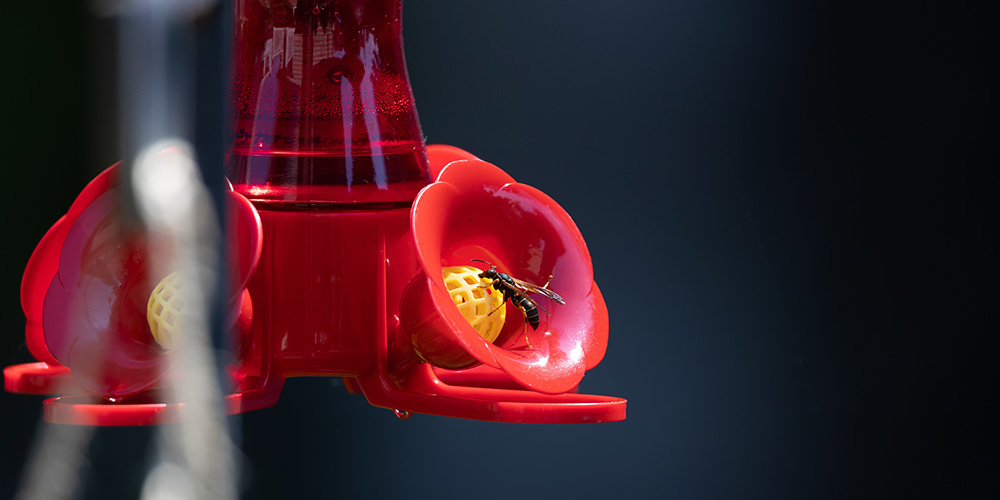
Removing wasp nests
This is when you definitely want a reliable instant wasp & hornet killer. You don’t want an essential oil spray or any other insecticide that won’t provide an instant kill. If you do, you’ll probably find yourself running away to avoid the onslaught of angry wasps.
The best ones to use are foam-type sprays, such as Wilson WASP OUT Jet Foam Wasp & Hornet Killer.
Wait until early evening, when all the wasps have returned to the nest for the night. The foam envelops the entire nest and instantly kills the entire colony.
For more information, read : How to get rid of a wasp nest
